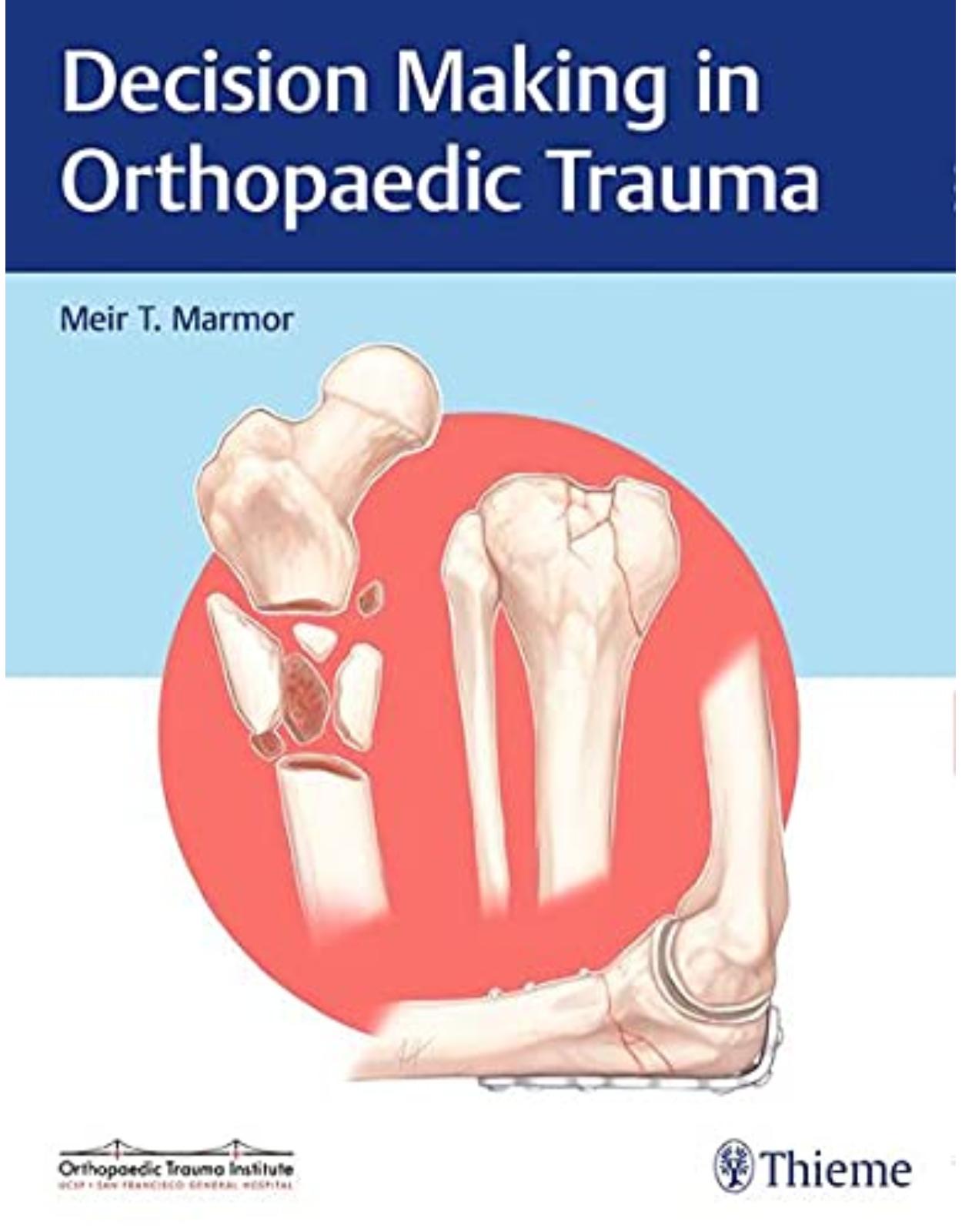
Decision Making in Orthopaedic Trauma
Livrare gratis la comenzi peste 500 RON. Pentru celelalte comenzi livrarea este 20 RON.
Disponibilitate: La comanda in aproximativ 4 saptamani
Autor: Meir Marmor
Editura: Thieme
Limba: Engleza
Nr. pagini: 190
Coperta: Hardcover
Dimensiuni: 27.94 x 21.59 cm
An aparitie: 14 Jun. 2017
Description:
Unique decision-tree format provides rapid decision-making tool covering a wide range of musculoskeletal injuries
Few if any medical fields share the complexity of injuries and the number of available treatments that exist in orthopaedic trauma. Deciding on the most efficacious treatment can often be difficult. In this digital age with a tsunami of medical information and conflicting data on numerous approaches, practitioners who treat orthopaedic trauma often find it problematic to make "evidence-based" choices.
Decision Making in Orthopaedic Trauma is the largest compendium of orthopaedic trauma algorithms assembled to date. The decision trees cover a broad spectrum of cases - from simple isolated fractures - to severe, life-threatening conditions. The decisions on which action to perform in each situation are largely based on the personal experiences of the individual authors, all members of the University of California, San Francisco (UCSF) / Zuckerberg San Francisco General (ZSFG) Orthopaedic Trauma Institute. When the decisions are supported by published scientific literature, the relevant publications are cited.
Visually appealing, easy-to-comprehend decision trees detail underlying pathologies, suspected diagnoses, required imaging studies, possible treatment approaches, rehabilitation, expected outcomes, and postsurgical care. The format is more conducive to swiftly acquiring knowledge and making informed decisions than traditional texts and websites.
Key Features:
Management of a wide range of emergencies including compartment syndrome, open fractures, peripheral nerve injuries, mangled extremities, and multiple trauma
Perioperative care - from acute and chronic pain management - to venous thromboembolism prevention and the use of regional anesthesia
Major sections organized by anatomic region cover upper extremity, lower extremity, pelvic, hip, and spine trauma
Clinical pearls on the management of osteoporotic, neoplastic, and periprosthetic fractures and fracture complications
Impacted anatomy, differential diagnoses, and possible approaches visualized through high-quality color illustrations and radiographs
Consistent color scheme differentiates actions, imaging, and rehabilitation guidelines
Appendices provide a quick reference on imaging, bracing, and rehabilitation recommendations
This uniquely formatted, visually rich book will enable surgeons, physicians, and residents to understand and apply critical decisions to a wide range of fractures, dislocations, nerve injuries, and musculoskeletal complications.
Table of Contents:
Chapter 1: Compartment Syndrome (CS)
Chapter 2: Open Fracture Management
Chapter 3: Ballistic Injuries
Chapter 4: Vascular Injuries
Chapter 5: Traumatic Nerve Injury
Chapter 6: Mangled Extremity
Chapter 7: Polytrauma Patient
Chapter 8: Acute Pain Management
Chapter 9: Chronic Pain Management
Chapter 10: Venous Thromboembolism (VTE) Prevention
Chapter 11: VTE Prevention for Patients on Anticoagulation
Chapter 12: Embolic Disease Management
Chapter 13: Heterotopic Ossifi cation (HO)
Chapter 14: Regional Anesthesia in Orthopaedic Surgery
Chapter 15: Traumatic Anterior Shoulder Instability
Chapter 16: Acromioclavicular Separation
Chapter 17: Sternoclavicular Dislocation (SCD)
Chapter 18: Clavicle Fractures
Chapter 19: Scapulothoracic Dissociation (STD)
Chapter 20: Scapula Fractures
Chapter 21: Proximal Humerus Fractures
Chapter 22: Humeral Shaft Fractures
Chapter 23: Distal Humerus Fractures
Chapter 24: Elbow Dislocation/Terrible Triad Injury
Chapter 25: Radial Head Fractures
Chapter 26: Capitellum Fractures
Chapter 27: Olecranon Fractures
Chapter 28: Forearm Fractures
Chapter 29: Distal Radius Fractures
Chapter 30: Scaphoid Fractures
Chapter 31: Perilunate Dislocation
Chapter 32: Extensor Tendon Lacerations
Chapter 33: Flexor Tendon Injuries
Chapter 34: Finger Replantation
Chapter 35: Finger Fractures
Chapter 36: Metacarpal Fractures
Chapter 37: Metacarpophalangeal (MCP) Dislocations
Chapter 38: Phalanx Dislocations
Chapter 39: Femoral Shaft Fractures
Chapter 40: Distal Femur Fractures
Chapter 41: Traumatic Knee Dislocation
Chapter 42: Patella Fractures
Chapter 43: Tibial Plateau Fractures
Chapter 44: Tibial Shaft Fractures
Chapter 45: Tibial Plafond (Pilon) Fractures
Chapter 46: Ankle Fractures
Chapter 47: Talus Fractures
Chapter 48: Calcaneus Fractures
Chapter 49: Lisfranc Fractures
Chapter 50: Navicular Fractures
Chapter 51: Metatarsal (MT) Fractures
Chapter 52: Toe Fractures
Chapter 53: Pelvic Ring Fractures
Chapter 54: Acetabulum Fractures
Chapter 55: Hip Dislocations
Chapter 56: Femoral Head Fractures
Chapter 57: Femoral Intertrochanteric Fractures
Chapter 58: Femoral Neck Fractures
Chapter 59: Femoral Subtrochanteric Fractures
Chapter 60: Spinal Cord Injury (SCI)
Chapter 61: Adult C-Spine Clearance after Blunt Trauma
Chapter 62: Occipitocervical Dissociations (OCD)
Chapter 63: Atlas (C1) Fractures and Transverse Ligament Injuries
Chapter 64: C2 Odontoid (dens) Fractures
Chapter 65: C2 Traumatic Spondylolisthesis
Chapter 66: C3-C7 Facet Dislocations
Chapter 67: C3-C7 Lateral Mass Fractures
Chapter 68: Geriatric Vertebral Compression Fracture (VCF)
Chapter 69: Thoracolumbar Injuries
Chapter 70: Bisphosphonate Femur Fractures
Chapter 71: Pathological (neoplastic) Fractures
Chapter 72: Periprosthetic Fracture THA: Acetabulum
Chapter 73: Periprosthetic Fracture around THA: Femur
Chapter 74: Periprosthetic Fracture around TKA: Femur
Chapter 75: Periprosthetic Fracture around TKA: Tibia
Chapter 76: Periprosthetic Fracture around Total Shoulder Arthroplasty (TSA)
Chapter 77: Fracture Delayed and Nonunion
Chapter 78: Acute Surgical Infection
Chapter 79: Post-Operative Chronic Infection
Chapter 80: Bone Defects
Appendix A: Imaging
Appendix B: Rehabilitation
Appendix C: Orthoses
Appendix D: Estimated Time to Return to Work
| An aparitie | 14 Jun. 2017 |
| Autor | Meir Marmor |
| Dimensiuni | 27.94 x 21.59 cm |
| Editura | Thieme |
| Format | Hardcover |
| ISBN | 9781626234611 |
| Limba | Engleza |
| Nr pag | 190 |
-
46600 lei 43900 lei

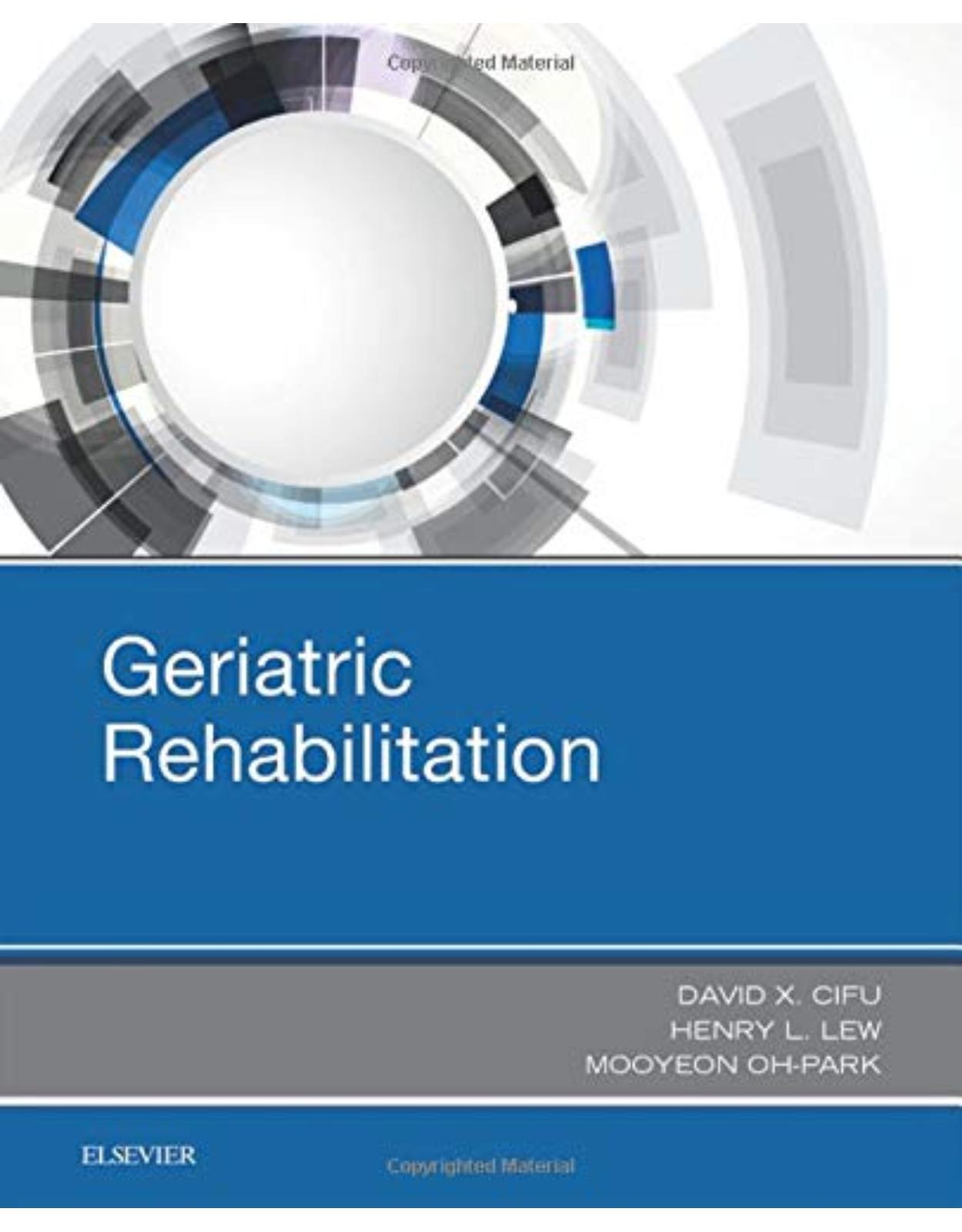
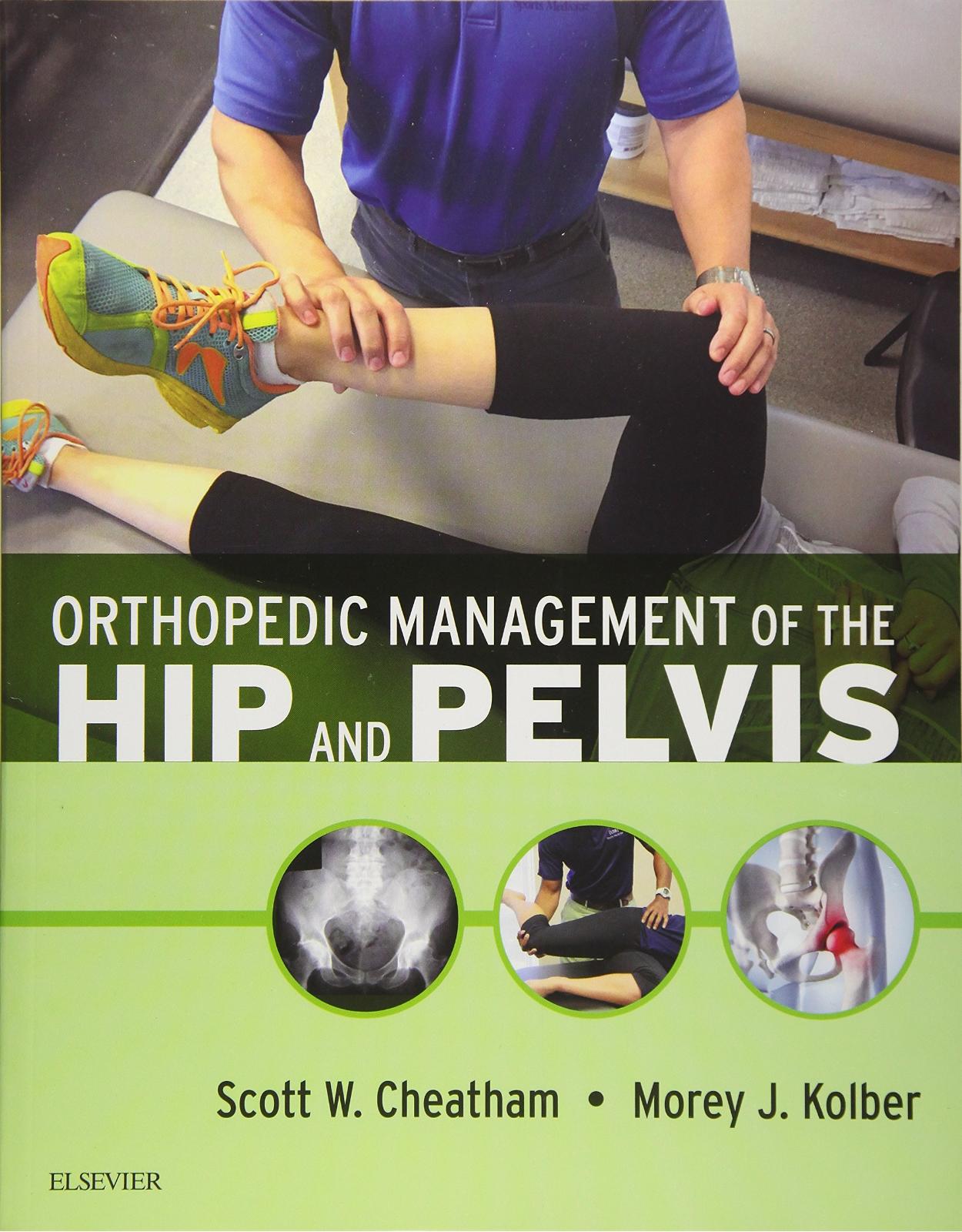
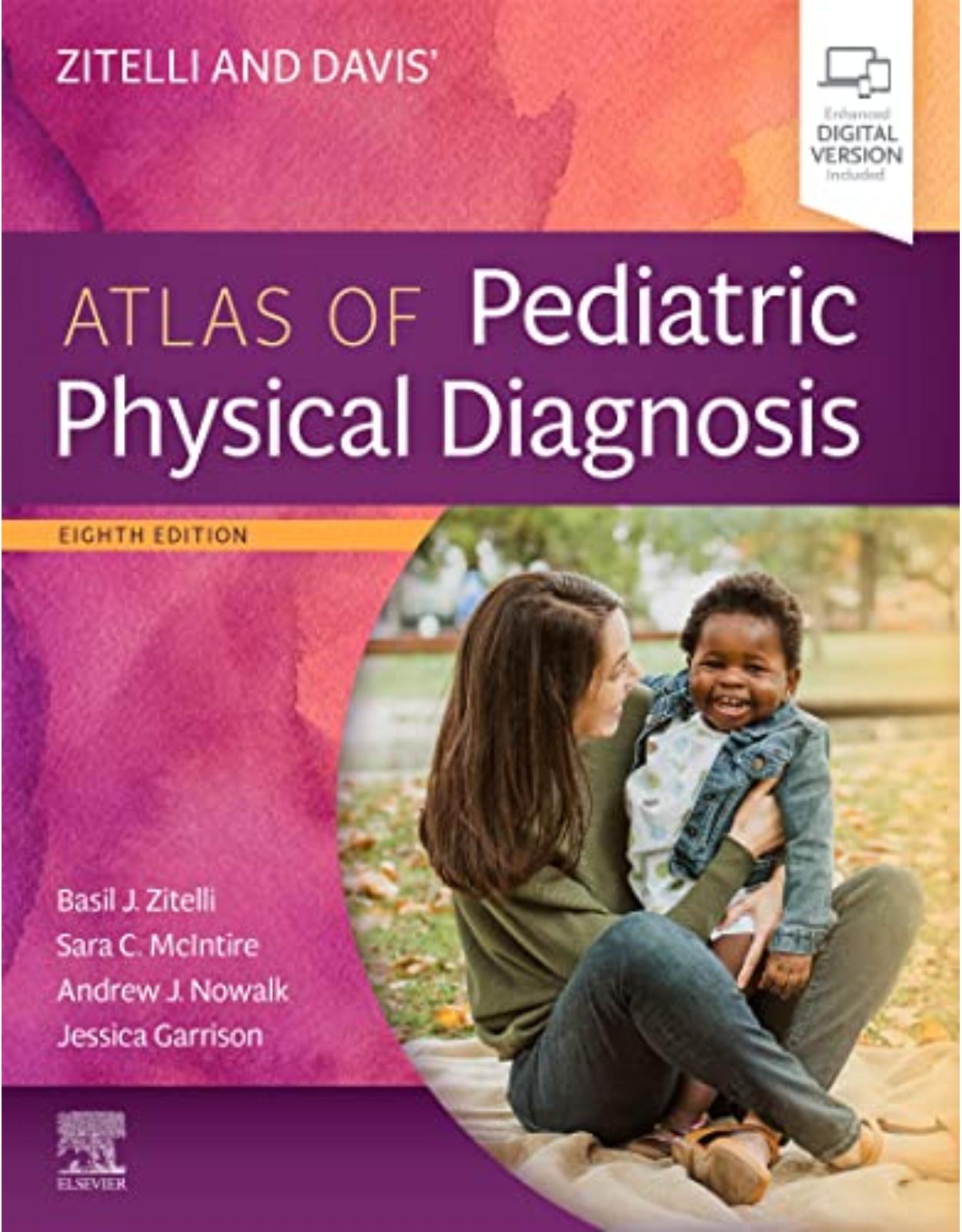
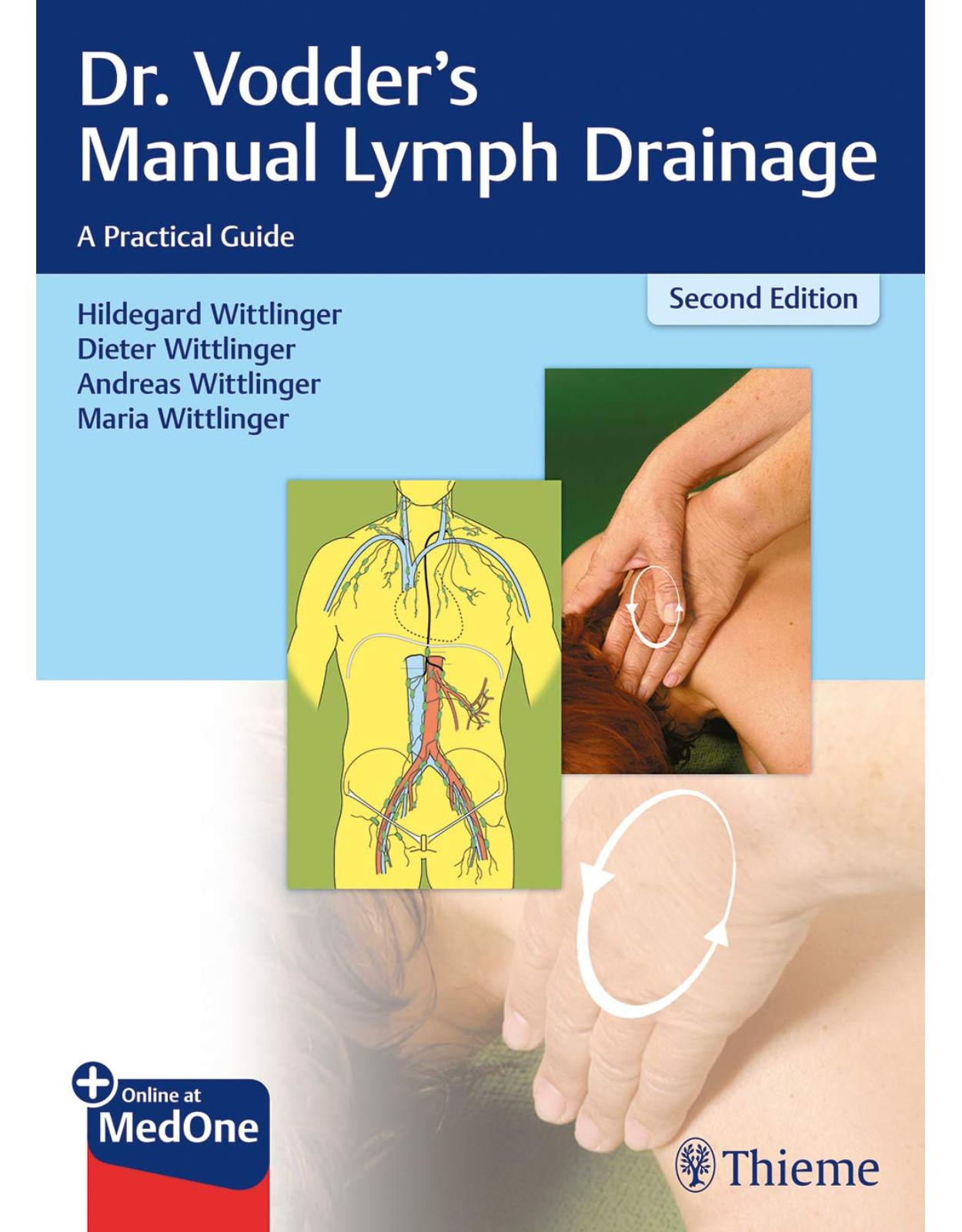
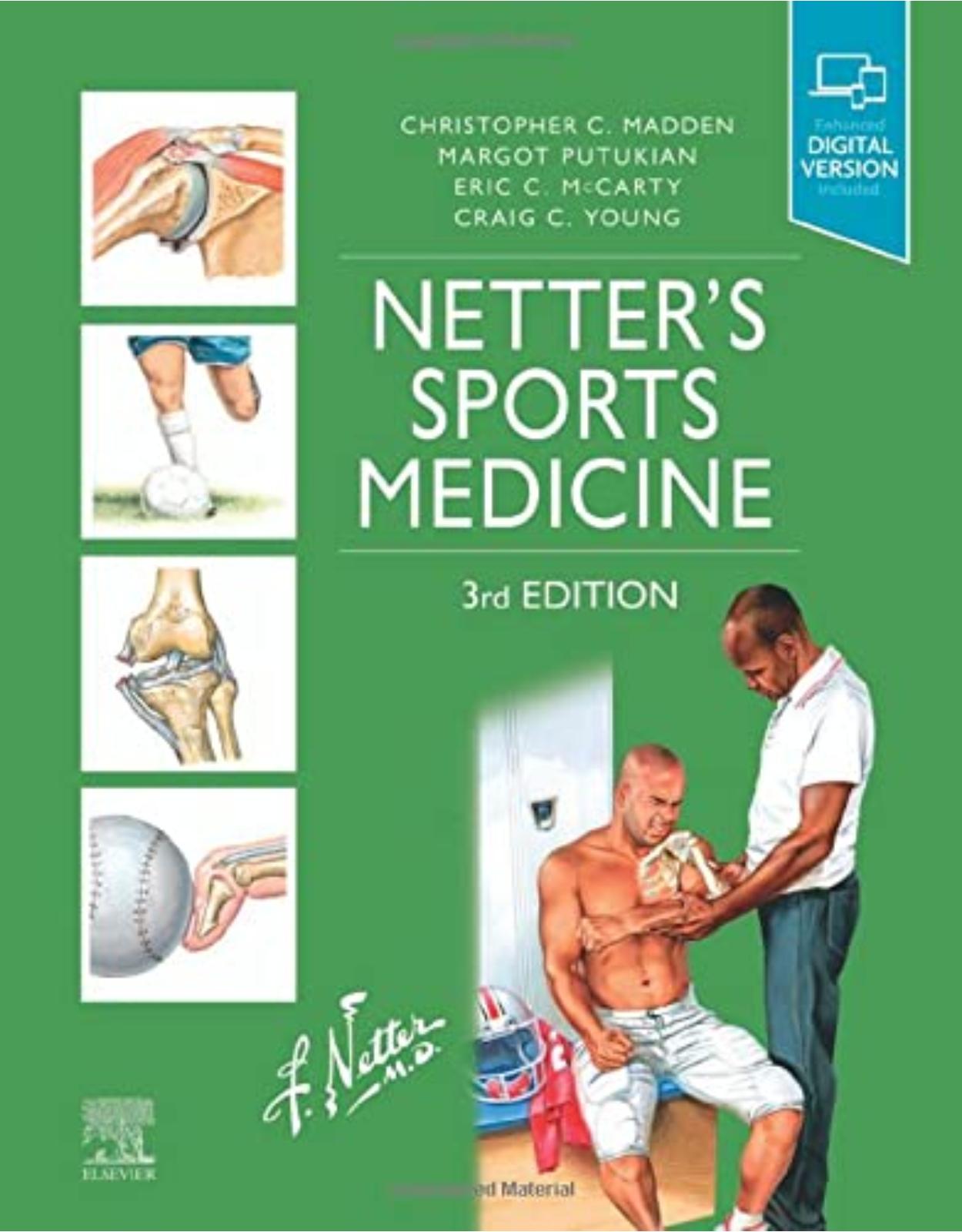

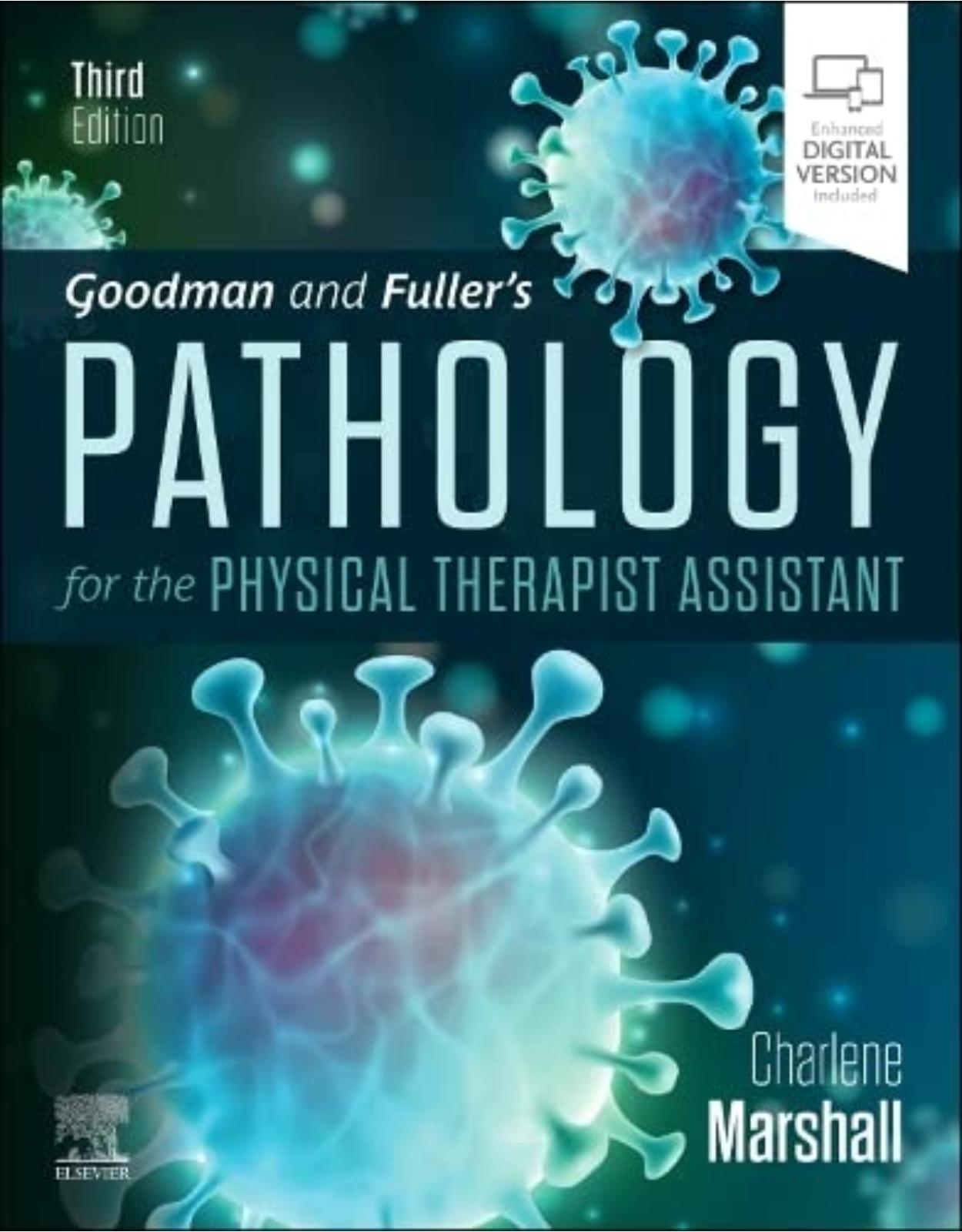
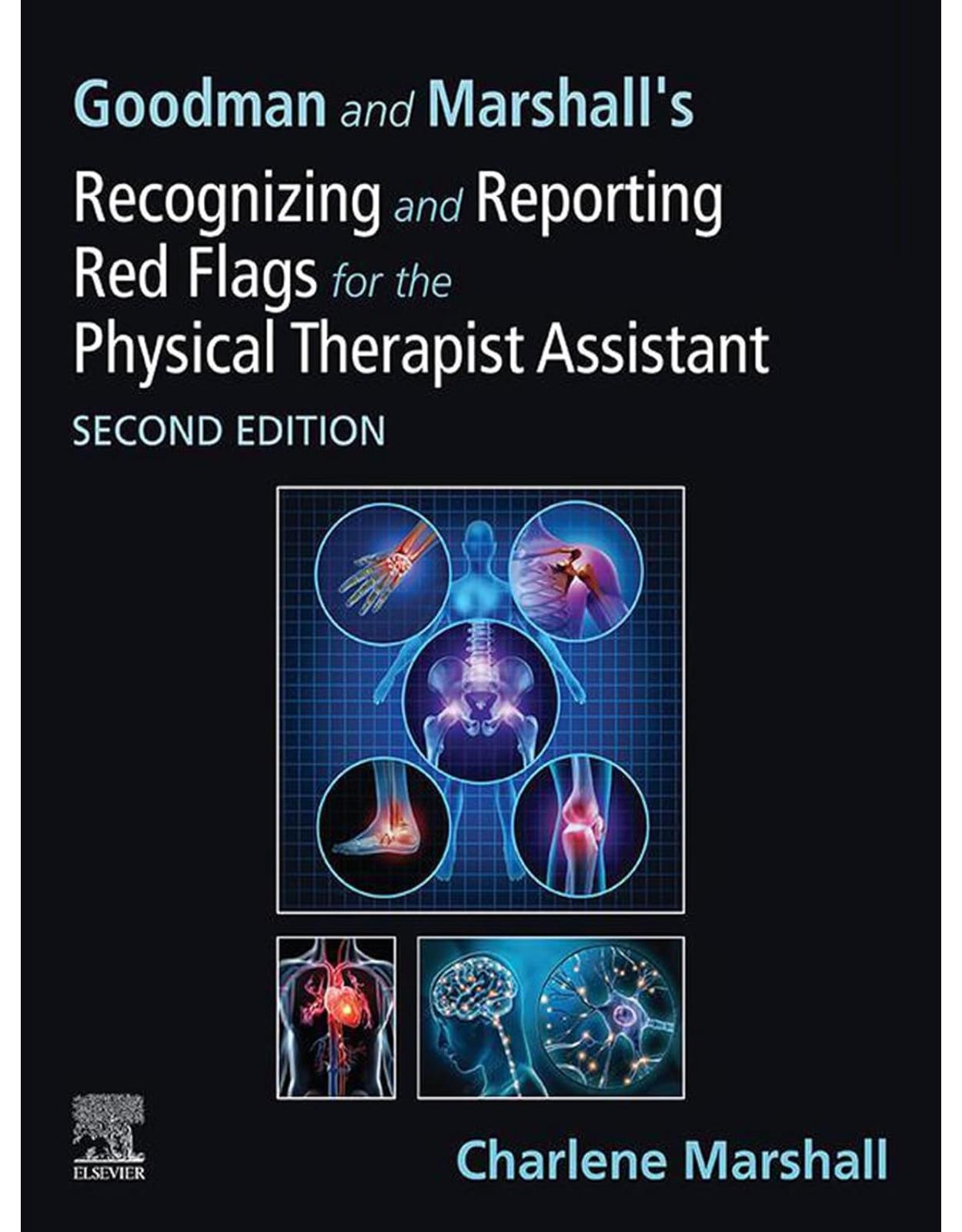
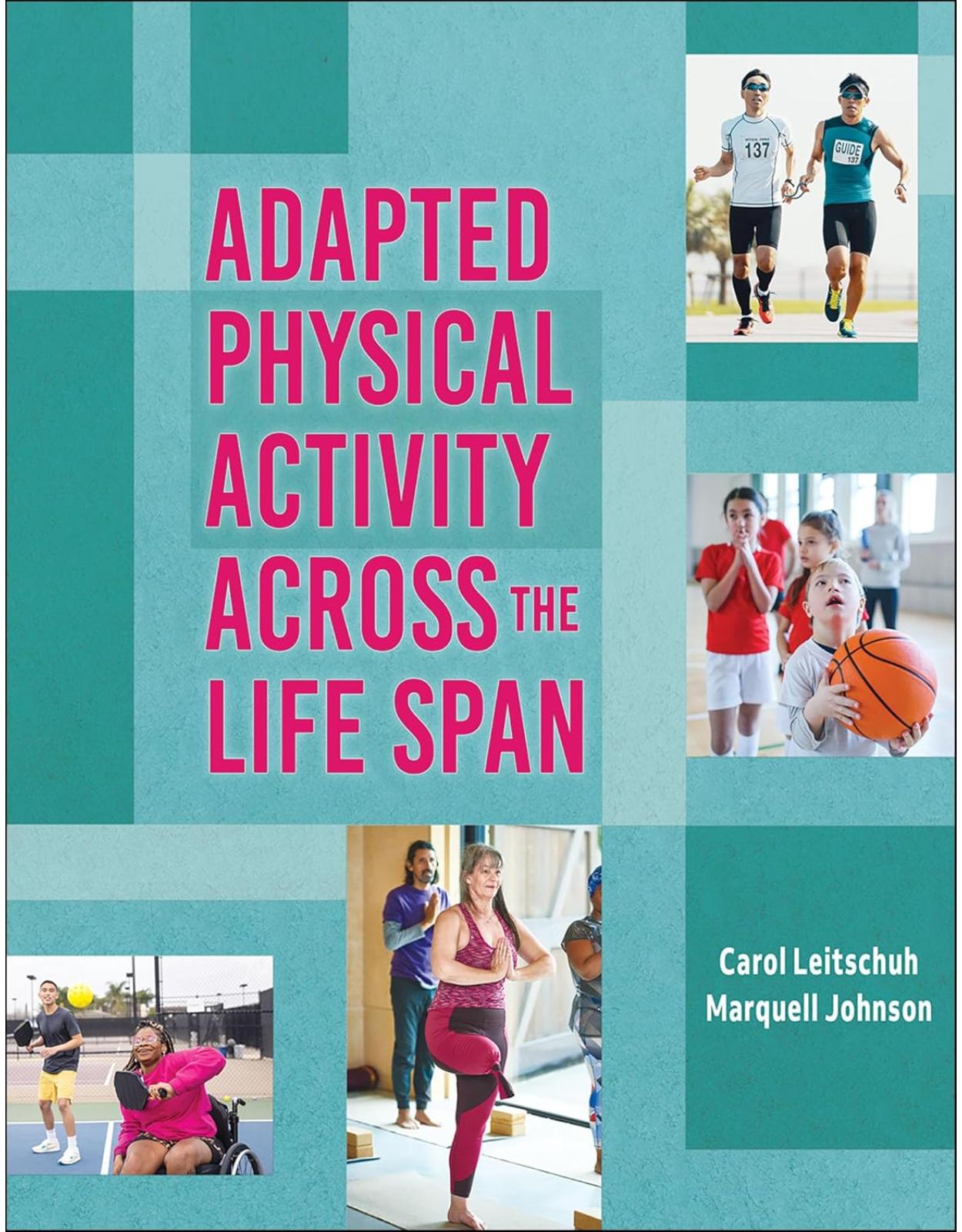
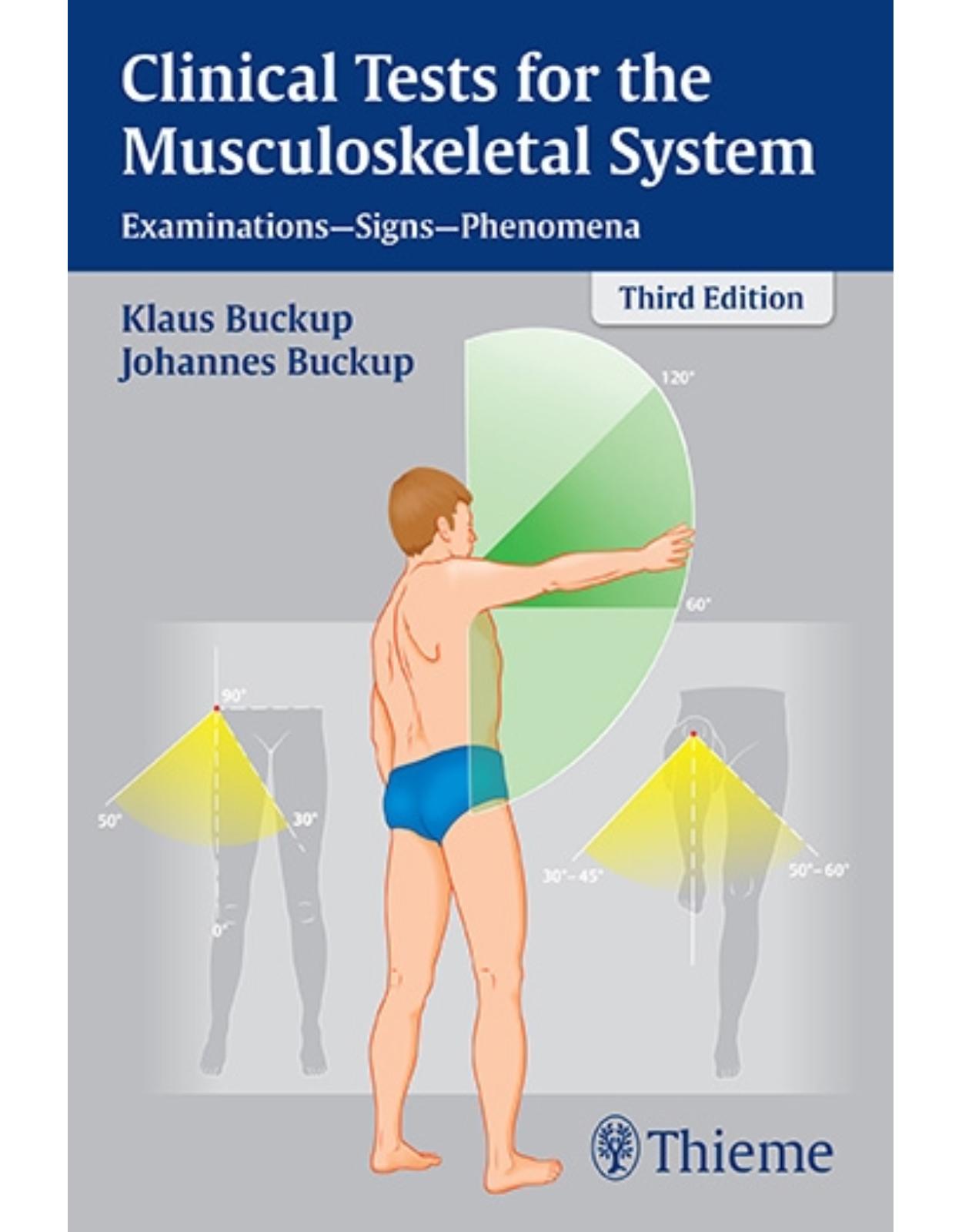

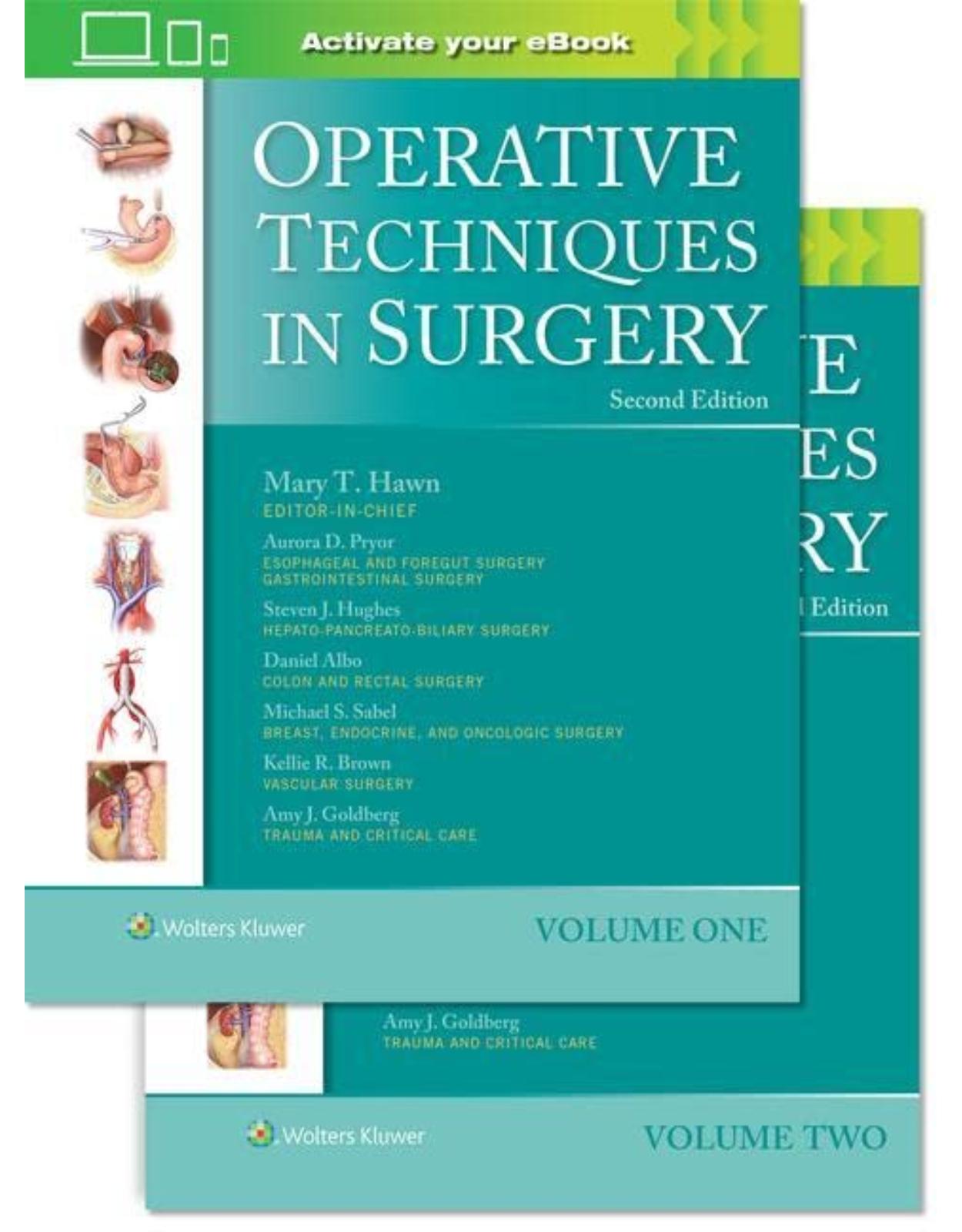





Clientii ebookshop.ro nu au adaugat inca opinii pentru acest produs. Fii primul care adauga o parere, folosind formularul de mai jos.